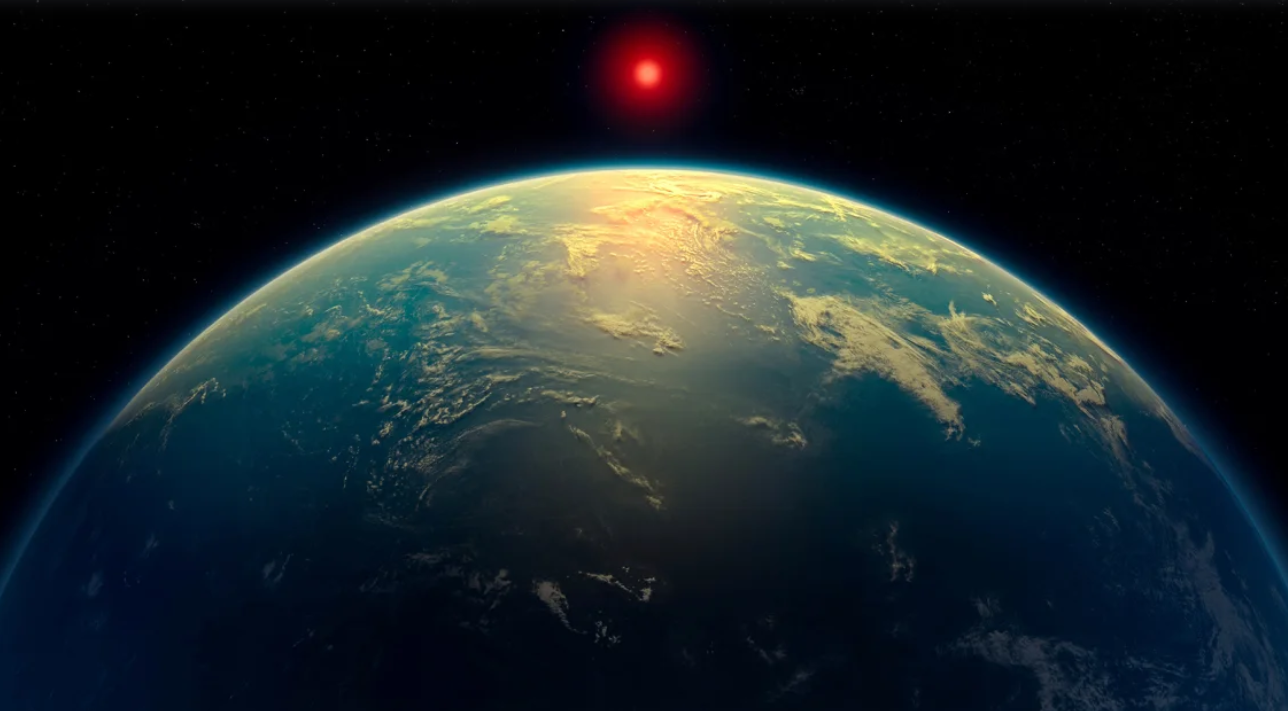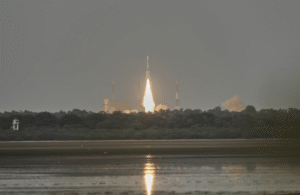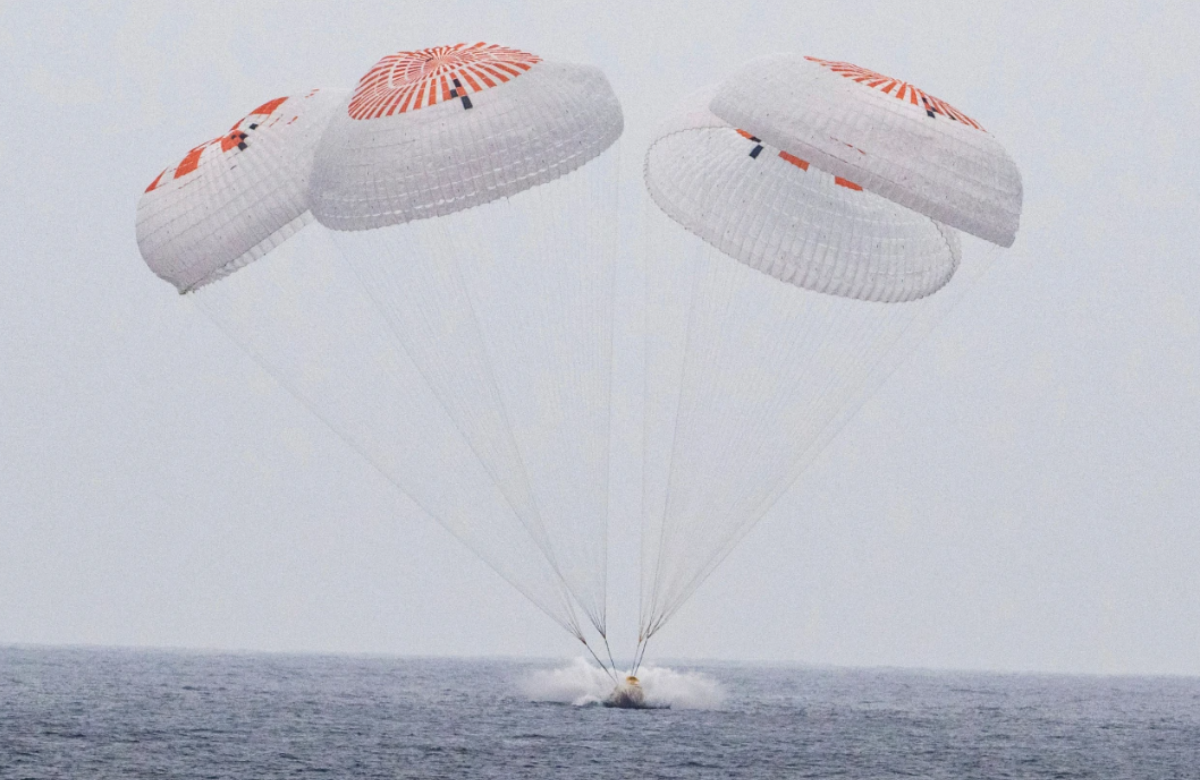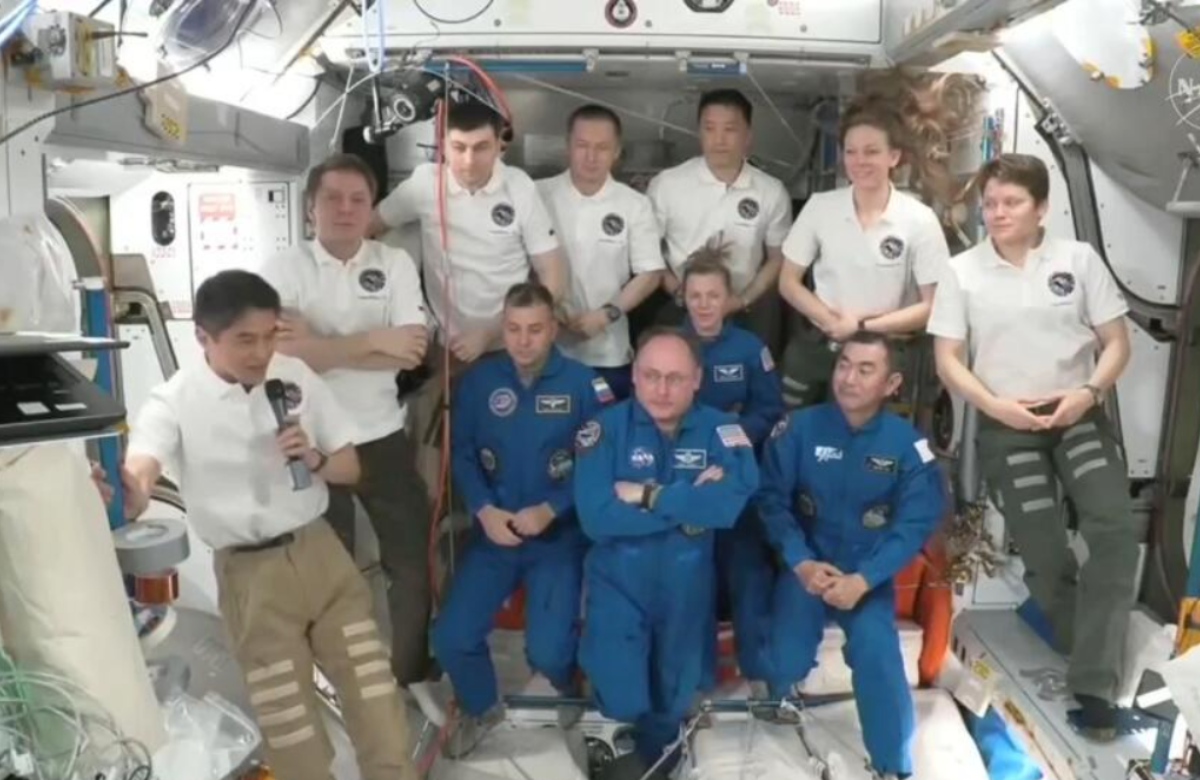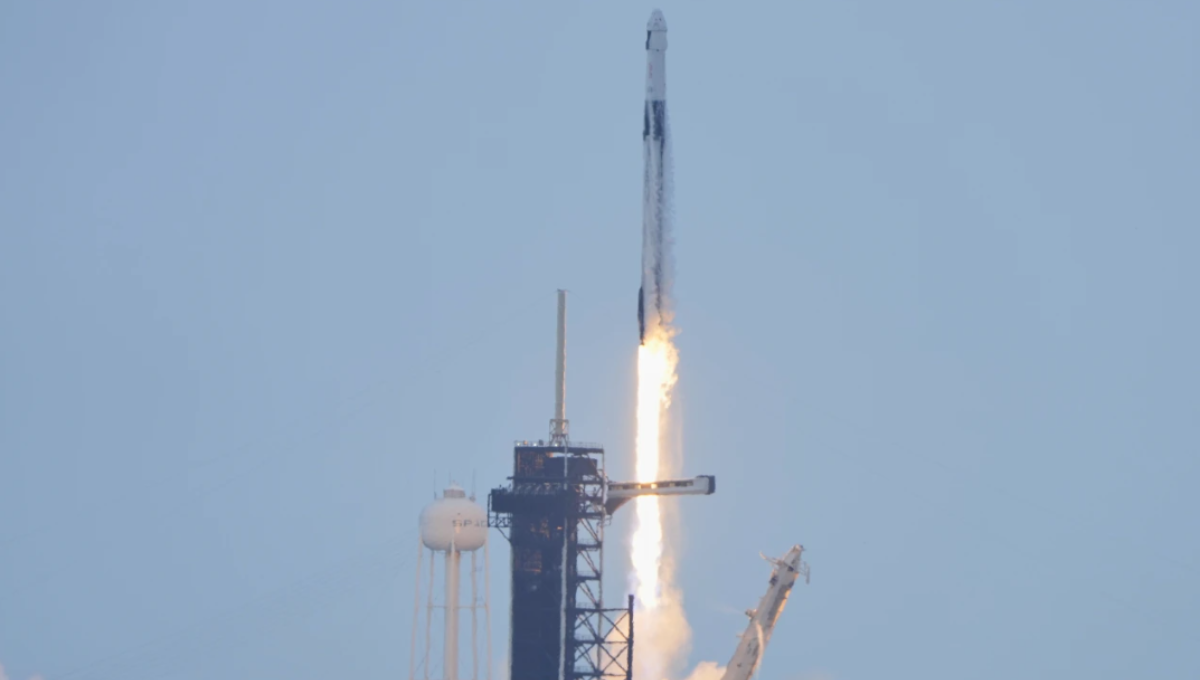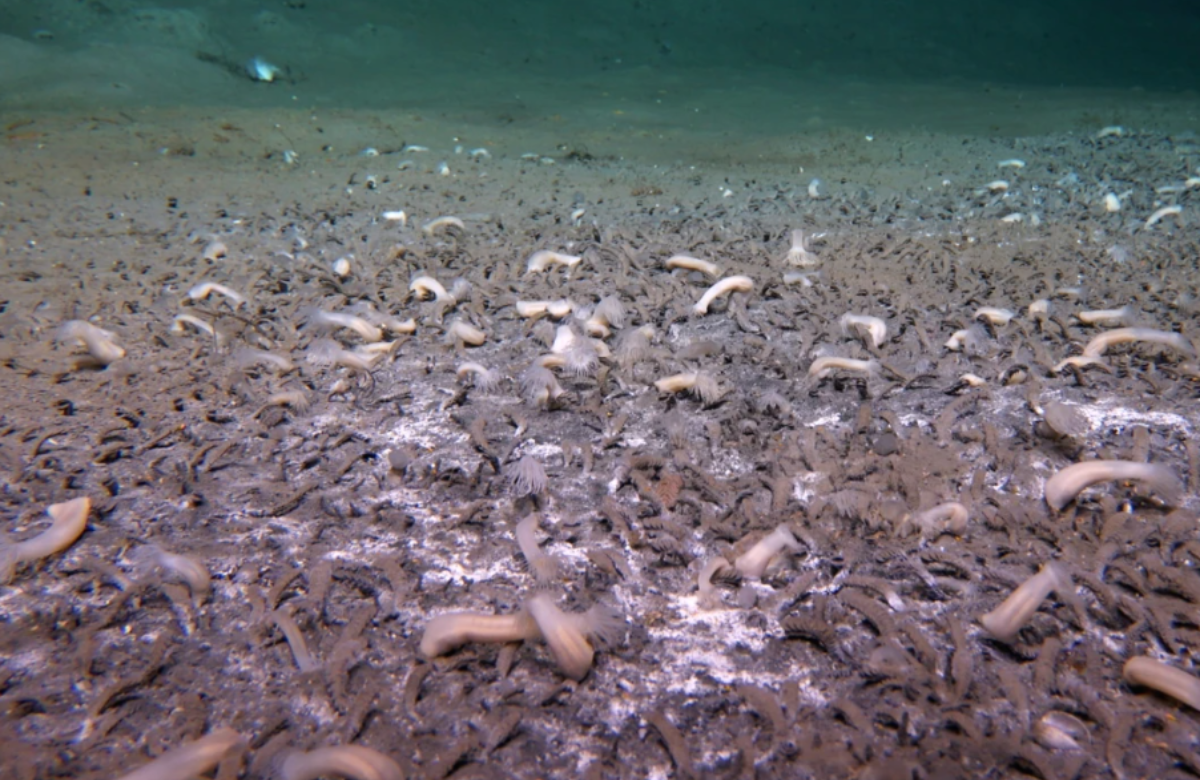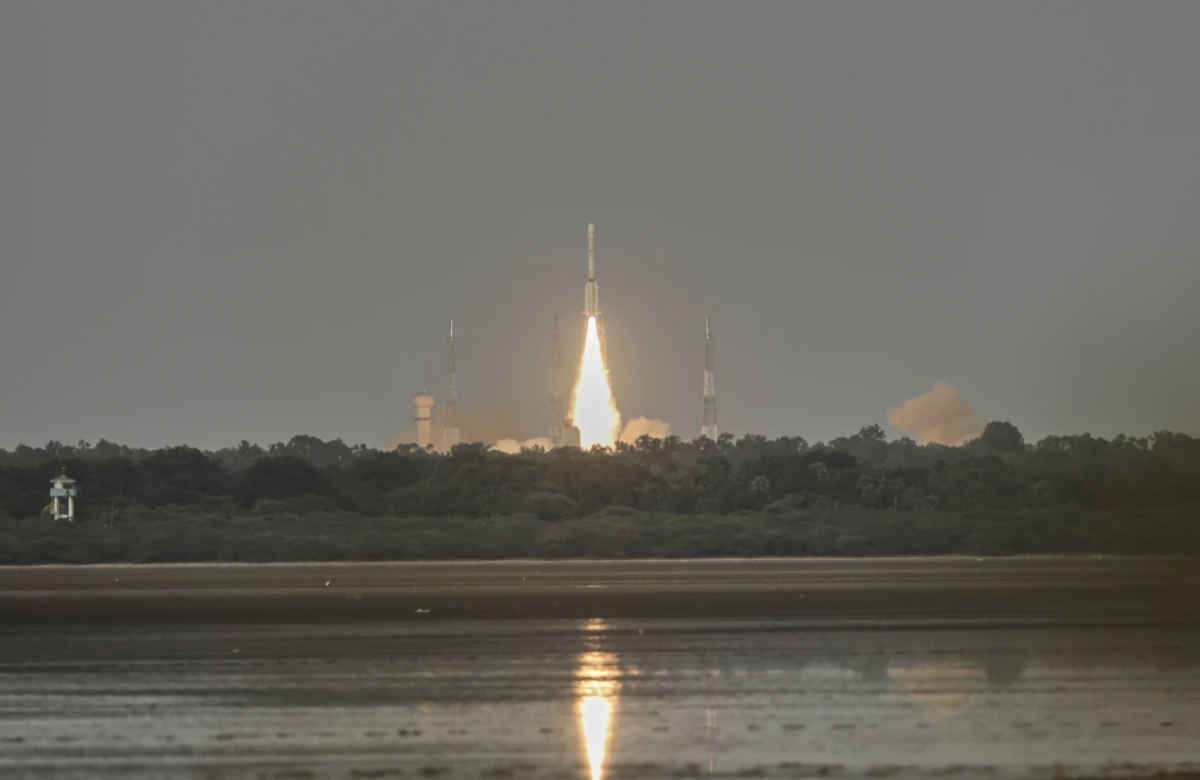Scientists have uncovered intriguing, though still uncertain, evidence suggesting that a planet orbiting a distant star might harbor life. Researchers from Cambridge University, using data from NASA’s powerful James Webb Space Telescope (JWST), have detected chemical traces in the atmosphere of the exoplanet K2-18b that, on Earth, are only produced by simple life forms.
This marks the second—and more promising—time such chemicals linked to biology have been found on this planet. While the discovery is exciting, both the research team and independent experts caution that additional observations are required to confirm the findings.
Professor Nikku Madhusudhan, the study’s lead scientist from Cambridge University’s Institute of Astronomy, said he is hopeful that conclusive evidence could be obtained in the next one to two years. “This is the strongest indication so far that life might exist elsewhere,” he explained. “If confirmed, this discovery would suggest that life could be quite common in the galaxy.”
K2-18b is about 2.5 times the size of Earth and located approximately 124 light-years away—far beyond the reach of human space travel. Despite the distance, JWST can analyze the planet’s atmospheric composition by examining how starlight passes through its atmosphere.
The team found what appears to be the chemical signature of either dimethyl sulfide (DMS) or dimethyl disulfide (DMDS)—gases on Earth typically produced by marine phytoplankton and bacteria. Remarkably, the concentration of these gases appears to be thousands of times higher than what’s observed on Earth. If these gases are indeed produced by biological processes, the implication is that K2-18b could be teeming with life.
However, the researchers stress caution. The current findings are based on a statistical certainty level of three sigma, or 99.7%. For a scientific discovery to be widely accepted, a five sigma confidence level—99.99999% certainty—is generally required. Though the new results are far more convincing than the one sigma (68%) signal detected 18 months ago, they still fall short of that threshold.
Even if five sigma confidence is achieved, that alone wouldn’t definitively prove the presence of life. Scientists still need to determine whether these gases could also be produced through non-biological processes, such as geological activity. To that end, the Cambridge team is working with other research groups to investigate if DMS and DMDS could arise without life.
According to the team, the detection of these gases—while compelling—is not enough on its own to confirm biological activity. There’s still a small chance (0.3%) that the current signal could be a statistical anomaly. Prof. Madhusudhan emphasized the importance of further data, saying, “This is a significant claim, and we need to be absolutely sure before drawing conclusions.”
Other scientists have offered alternate theories. Some suggest the lack of ammonia in K2-18b’s atmosphere could imply the presence of a vast liquid ocean absorbing the gas. Others argue that an ocean of molten rock, not water, might explain the same data—eliminating the possibility of life.
Adding to the debate, some researchers propose K2-18b may be a mini gas giant with no solid surface at all. These competing interpretations are still being examined and challenged within the scientific community, as they must align with JWST’s data.
Despite the uncertainties, the findings mark a major step forward in the quest to find life beyond Earth. Many researchers see this as part of a broader and ongoing effort to understand our universe. As Prof. Madhusudhan put it, “Decades from now, we might look back at this moment as the point where the possibility of a living universe came within reach.”
